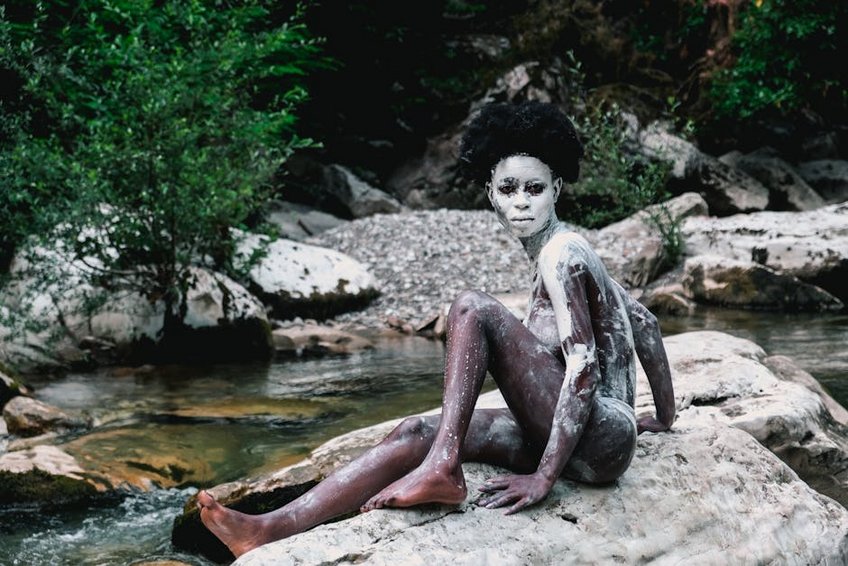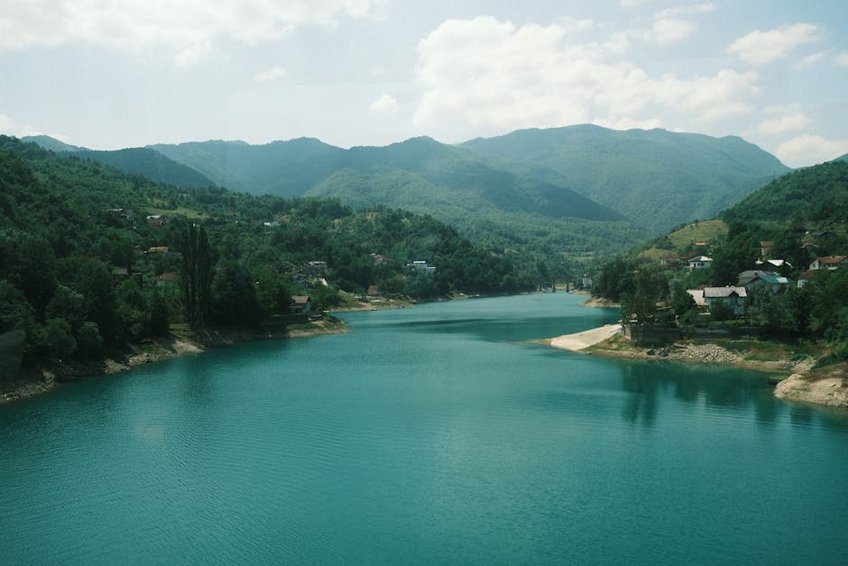Papua New Guinea Sepik River Tribal Villages Cultural Journey
Exploring Papua New Guinea Sepik River tribal villages immerses you in one of Earth’s last authentic cultural frontiers where ancient traditions thrive unchanged for centuries. This remote adventure navigates the mighty Sepik River past stilt-house communities renowned for elaborate spirit houses and master woodcarvers preserving ancestral artistry. Your journey connects with indigenous tribes through ceremonial exchanges and daily life in villages accessible only by boat.
Essential Sepik River Information
The Sepik River flows over 700 miles through Papua New Guinea’s northern lowlands creating the nation’s longest river system comparable to the Amazon in cultural diversity. This region hosts approximately 250 distinct language groups within riverbank communities maintaining autonomous cultural practices and artistic traditions. Travelers encounter living museums where ceremonial life continues as it has for generations without Western influence.
Geography and Climate Basics
The Sepik River basin covers approximately 50,000 square miles of tropical rainforest and extensive wetlands with elevations ranging from sea level to 300 feet. This equatorial region maintains consistent temperatures between 75-90°F (24-32°C) year-round with high humidity levels around 80-90% daily. Distinct wet (December-March) and dry (May-October) seasons significantly impact river levels and village accessibility.
Historical Context and Significance
Sepik River cultures developed in relative isolation for over 40,000 years creating one of Papua New Guinea’s most sophisticated artistic traditions centered on ancestral worship. European contact began in 1885 with German explorers though remote villages maintained traditional lifestyles well into the 20th century. Today these communities balance preservation of cultural heritage with limited outside influence through carefully managed tourism.
Cultural Framework and Social Structure
Sepik societies organize around extended family clans led by elders and big men who earn status through ceremonial exchange and wealth distribution. Spirit houses (haus tambaran) serve as male initiation sites and community centers where sacred artifacts and knowledge get preserved across generations. Artistic expression through carving, pottery and body decoration communicates clan identity and spiritual beliefs.
Planning Your Papua New Guinea Sepik River Tribal Villages Trip
Organizing your Papua New Guinea Sepik River tribal villages experience requires careful preparation for this remote destination with limited tourist infrastructure and unique cultural considerations. You should budget $3,000-7,000 for a comprehensive 10-14 day Sepik River expedition depending on accommodation style and guide services selected. Essential preparations include obtaining proper visas, vaccinations and flexible travel plans for this region where weather and river conditions dictate daily itineraries.
Best Time to Visit Sepik River Villages
Visit between June and September during the dry season when river levels remain stable and rainfall decreases to 4-6 inches monthly for optimal village accessibility. Daytime temperatures average 85°F (29°C) with nighttime lows around 75°F (24°C) creating comfortable exploration conditions without extreme heat. Shoulder months in May and October offer fewer visitors though occasional rainfall may affect certain tributary access.
Budget Planning and Costs
Consider these three budget tiers for your Sepik River cultural immersion experience.
- Budget travelers spend $150-250 daily using shared guesthouses, local transport and basic meals while focusing on independent village visits near larger centers like Wewak.
- Mid-range visitors allocate $300-500 daily for chartered boats, experienced local guides and comfortable lodge accommodations with improved facilities and meal inclusion.
- Luxury expeditions cost $600-900 daily featuring expert anthropologist guides, air-conditioned cabins and comprehensive cultural access including special ceremonies and artisan workshops.
- Papua New Guinea Tourism Authority
- Lonely Planet Papua New Guinea Guide
Essential Preparation Checklist
Pack quick-dry clothing, sturdy waterproof footwear and high-quality mosquito protection for the humid tropical environment and potential insect exposure. Bring sufficient USD cash in small denominations since credit cards get rarely accepted outside major hotels and ATMs remain unavailable along the river. Obtain comprehensive travel insurance covering medical evacuation and trip interruptions plus yellow fever vaccination and anti-malarial medications before departure.

Alt: “sepik-river-spirit-house-traditional-carving-ceremonial-site”
Top Cultural Attractions and Activities
Sepik River villages offer unparalleled cultural immersion through daily life observations, traditional craftsmanship demonstrations and occasional ceremonial participation when respectfully arranged. The Middle Sepik region between Ambunti and Pagwi contains the highest concentration of active spirit houses and master carvers maintaining ancestral artistic techniques. Travelers typically explore via chartered canoes stopping at various villages to witness different artistic specialties and cultural practices.
Must-See Cultural Highlights
Kanganaman Village features an impressive three-story spirit house with elaborate carvings representing ancestral spirits and creation myths that visitors can explore with local permission. Palimbe Village showcases magnificent crocodile cult traditions where initiates receive ceremonial scars resembling crocodile skin during coming-of-age rituals. The Yentchan market near Angoram provides opportunity to purchase authentic carvings directly from artists while observing daily commerce between river communities.
Hidden Gems and Local Favorites
Kaminimbit Village offers rare access to women’s pottery traditions where artisans create distinctive clay cooking vessels using techniques unchanged for centuries. The Korogo area features smaller family-operated carving workshops producing intricate story boards depicting clan histories away from main tourist routes. Local guides can arrange overnight stays in basic village guesthouses providing deeper cultural immersion than day visits alone achieve.
Traditional Ceremonies and Cultural Exchanges
Certain villages occasionally perform singsing ceremonies featuring elaborate body paint, traditional costumes and rhythmic drumming when visitors arrange appropriate compensation. The famous Mt. Hagen Show in August brings together Sepik groups with other Highland tribes for Papua New Guinea’s largest cultural festival. Always consult your guide about proper ceremonial etiquette including photography restrictions and appropriate gift exchanges before participating.
Practical Travel Information
Reaching the Sepik River requires flying into Port Moresby then connecting to Wewak or Madang before arranging river transport since no roads access most villages. Accommodation ranges from basic village guesthouses with shared facilities to comfortable river lodges with private bathrooms and generator-powered electricity. Advance bookings through reputable tour operators ensure proper permits, qualified guides and culturally appropriate village visits.
| Accommodation Type | Features and Amenities | Price Range (USD) |
|---|---|---|
| Village Guesthouse | Basic raised hut, shared facilities, local meals, cultural immersion | $30-60/night |
| River Lodge | Private room, ensuite bathroom, generator power, guided tours | $150-300/night |
| Expedition Boat | Air-conditioned cabin, full board, dedicated guide, flexible itinerary | $400-700/night |
| Eco-Retreat | Solar power, environmental focus, community projects, limited capacity | $200-350/night |


